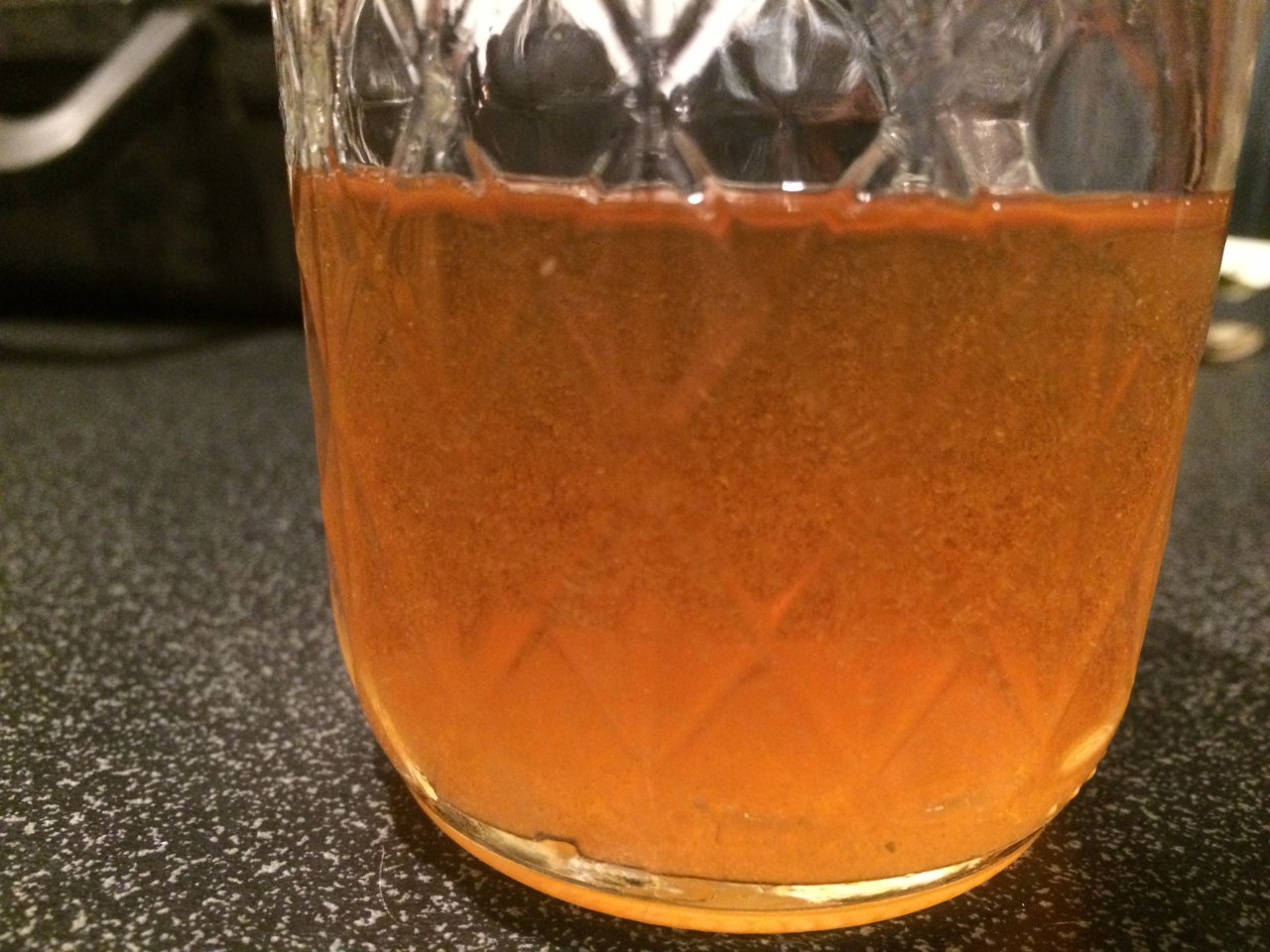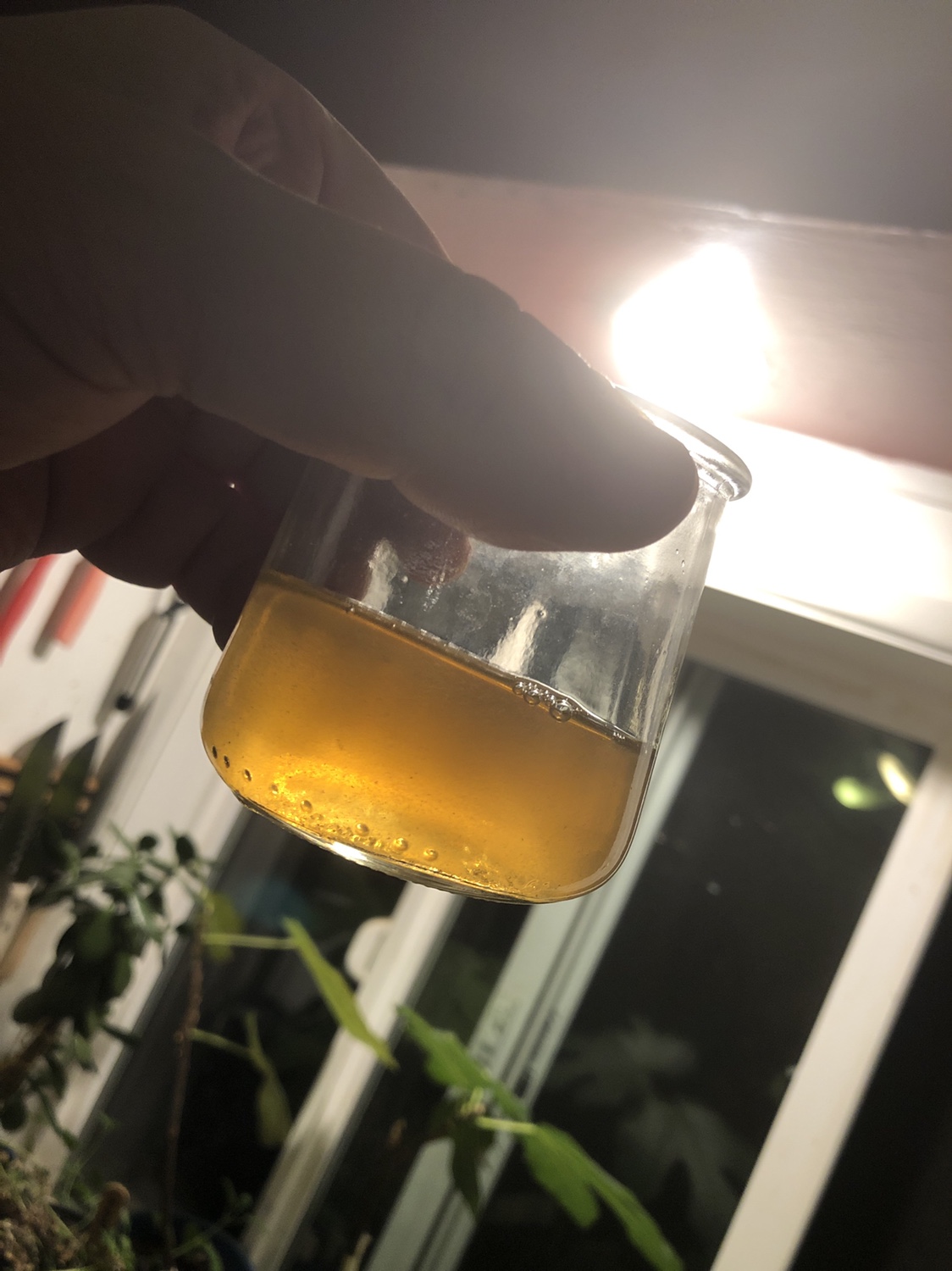I like your thinking
I'm sure a lot of homebrewers can't get the darker colour of the beer using 100% GP base malt... so maybe there is a bit that is darker kilned? they do get it contract grown for them and they use enough that they will get it contract malted for them, so another option is that maybe they simply get a darker base malt overall.
Of course the actual process can affect the colour a lot as well, and the yeast itself affects colour, as far as I know no yeast labs offer the proper TT yeast, which I think is multi strain
I'm sure a lot of homebrewers can't get the darker colour of the beer using 100% GP base malt... so maybe there is a bit that is darker kilned? they do get it contract grown for them and they use enough that they will get it contract malted for them, so another option is that maybe they simply get a darker base malt overall.
Of course the actual process can affect the colour a lot as well, and the yeast itself affects colour, as far as I know no yeast labs offer the proper TT yeast, which I think is multi strain
























































![Craft A Brew - Safale S-04 Dry Yeast - Fermentis - English Ale Dry Yeast - For English and American Ales and Hard Apple Ciders - Ingredients for Home Brewing - Beer Making Supplies - [1 Pack]](https://m.media-amazon.com/images/I/41fVGNh6JfL._SL500_.jpg)






